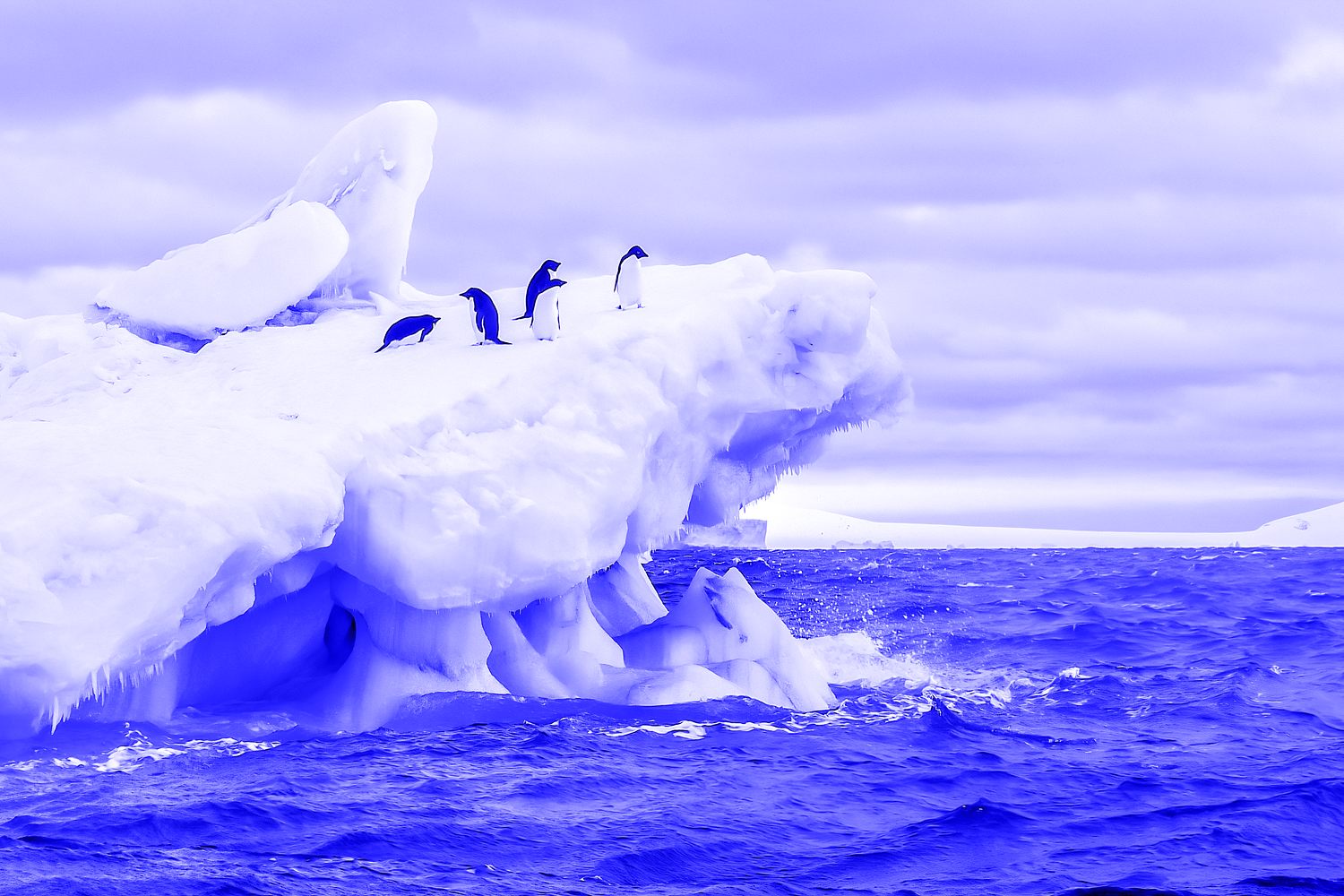Referring back to a time when some scientists warned of “global cooling” has become a classic in the climate-denial playbook. While there is currently broad consensus that the world is warming—more than 99% of climate scientists agree—there was never anything close to agreement on the notion of things getting frosty. In fact, the concept of “global cooling” traces back to a Newsweek article published in the 1970s, which spurred a wave of media around the “little ice age” to come.
It makes sense that things went a little sideways: Climate science was a relatively young field in the ’70s, but we know now that the data predicting cooling were incomplete. The issue? The models focused on the Northern Hemisphere, which was seeing lower temps and increased snowfall around the middle of the 20th century, while the mercury elsewhere in the world climbed.
Despite those blindspots, a 2008 analysis found that papers focused on heat still outnumbered those looking at cold six-fold during the “global cooling” craze. The author of the original Newsweek story even published a followup in 2014 essentially recanting the idea. “While the hypotheses described in that original story seemed right at the time,” he wrote, “climate scientists now know that they were seriously incomplete.”
Our modern understanding of the effects of planet-warming gases, however, does complicate the conversation a bit. Human-caused climate change is having a cooling effect in the upper parts of the atmosphere. While the air closer to the planet’s surface is getting progressively hotter, the same gases that make us cook are pulling down temperatures higher up. That, however, is no big surprise to atmospheric scientists: Those effects are in line with what modelers have predicted, and are “the clearest evidence of a human fingerprint on the climate system” according to Benjamin Santer, climate scientist at the UCLA Joint Institute for Regional Earth System Science and Engineering and the Woods Hole Oceanographic Institution, who authored a 2023 paper on cooling in the upper atmosphere.
When you’re having conversations with someone who’s overly focused on how hot or cold it is outside, it’s also super important to not confuse climate and weather. A temperate city heating up to 100 degrees in September doesn’t equate to climate change. But if that pattern consistently appears over 30-year time periods, we can say the climate is changing. Weather is more a symptom, and a shifting climate is the disease; the snowstorm in New Orleans this past January, for instance, is an isolated (and unpredictable!) weather event caused by consistently warming waters messing with the jet stream. One good way to think about it: The weather is what tells you if you need to put on a raincoat; the climate dictates how you build your entire wardrobe.

